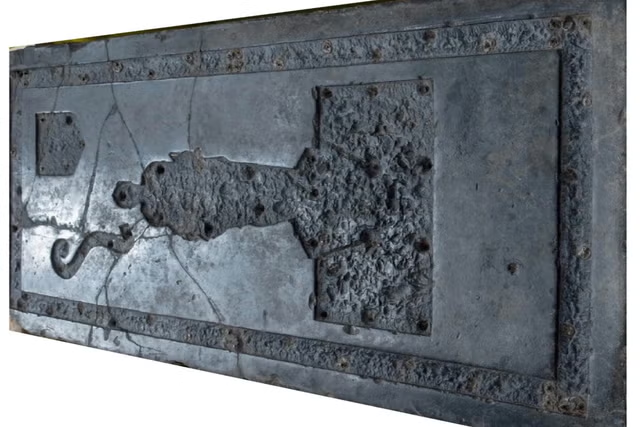Your support helps us to tell the story
Support NowAs your White House correspondent, I ask the tough questions and seek the answers that matter.
Your support enables me to be in the room, pressing for transparency and accountability. Without your contributions, we wouldn't have the resources to challenge those in power.
Your donation makes it possible for us to keep doing this important work, keeping you informed every step of the way to the November election

Andrew Feinberg
White House Correspondent
Scandinavians may have used boats made of animal skin for hunting and trading about 5,000 years ago, according to a study that sheds more light on Europe’s “marine-specialised” early culture.
The Pitted Ware Culture (PWC), named after their characteristic pottery with deep pits, migrated from the East and settled in modern-day Scandinavia, including parts of Sweden, Denmark, and Finland between 3500 BC and 2300 BC.
This “marine-specialised” group, according to researchers, stood out among early European Stone Age societies as it continued to focus on seal hunting and fishing at a time when farming had already been in practice on the continent for over five centuries.
They have also been known to ferry long-distance voyages across the Baltic Sea and the Kattegat and Skagerrak Strait.
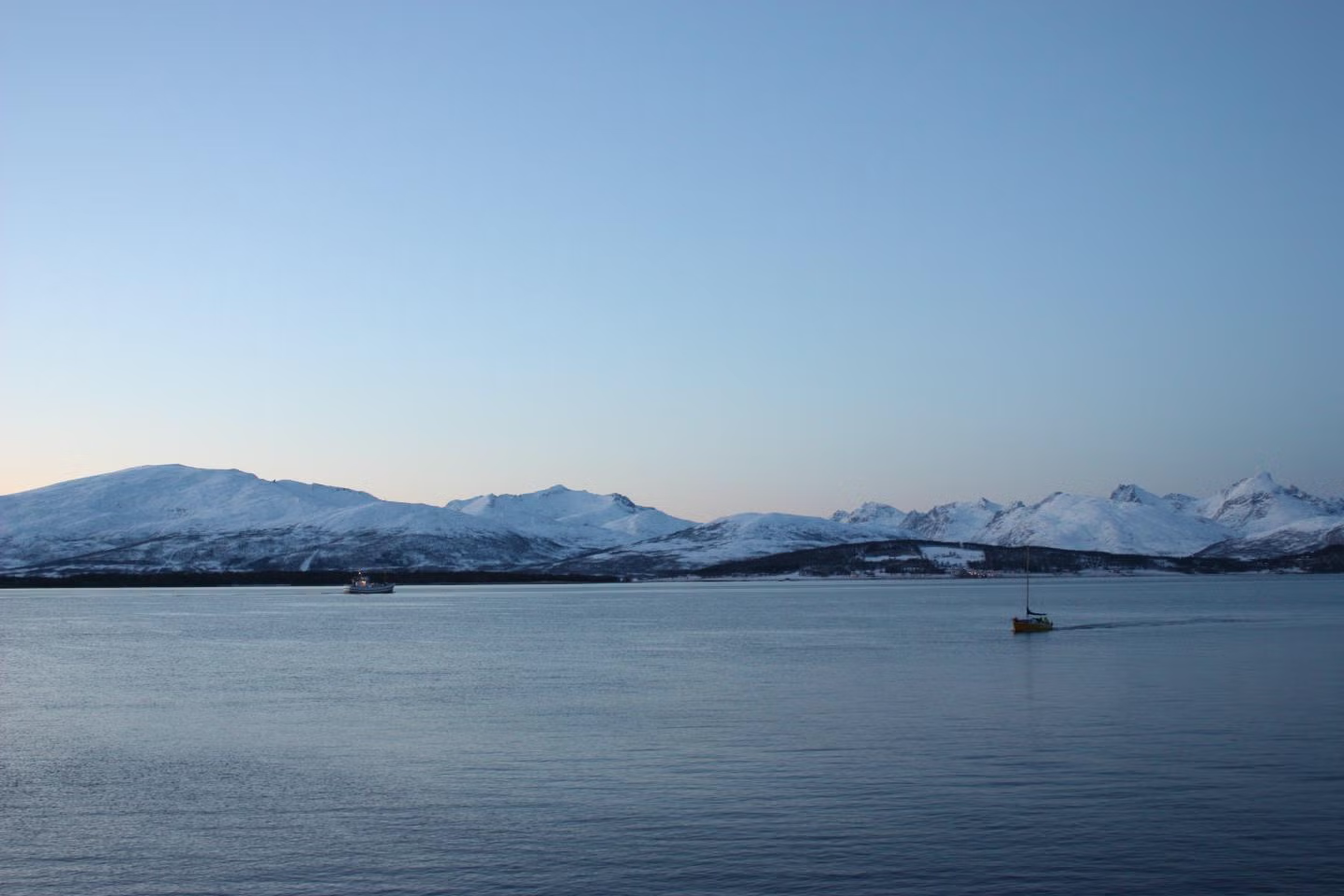
To make these long-distance voyages, the ancient culture would have needed well-made boats, however, archaeological evidence of such sea-worthy boats is rare, scientists say.
While there is some evidence of canoes made by the PWC from hollowed-out tree logs, researchers say these were too small for the open sea, and were likely only used to traverse inland lakes.
Now, archaeologists theorise that the ancient Scandinavian culture likely used boats made of animal skin for fishing, hunting, travelling, and trading across great distances in open sea waters.
These boats made using animal hides stretched over wooden frames were likely more capable of handling long-distance, open-sea travel.
“As we know that PWC people undertook such voyages, it seems highly likely that they used more advanced craft than simple logboats for these trips,” researchers wrote.
“Exactly what boat types they used, however, is still an open question,” scientists write in the new study, published in the Journal of Maritime Archaeology.
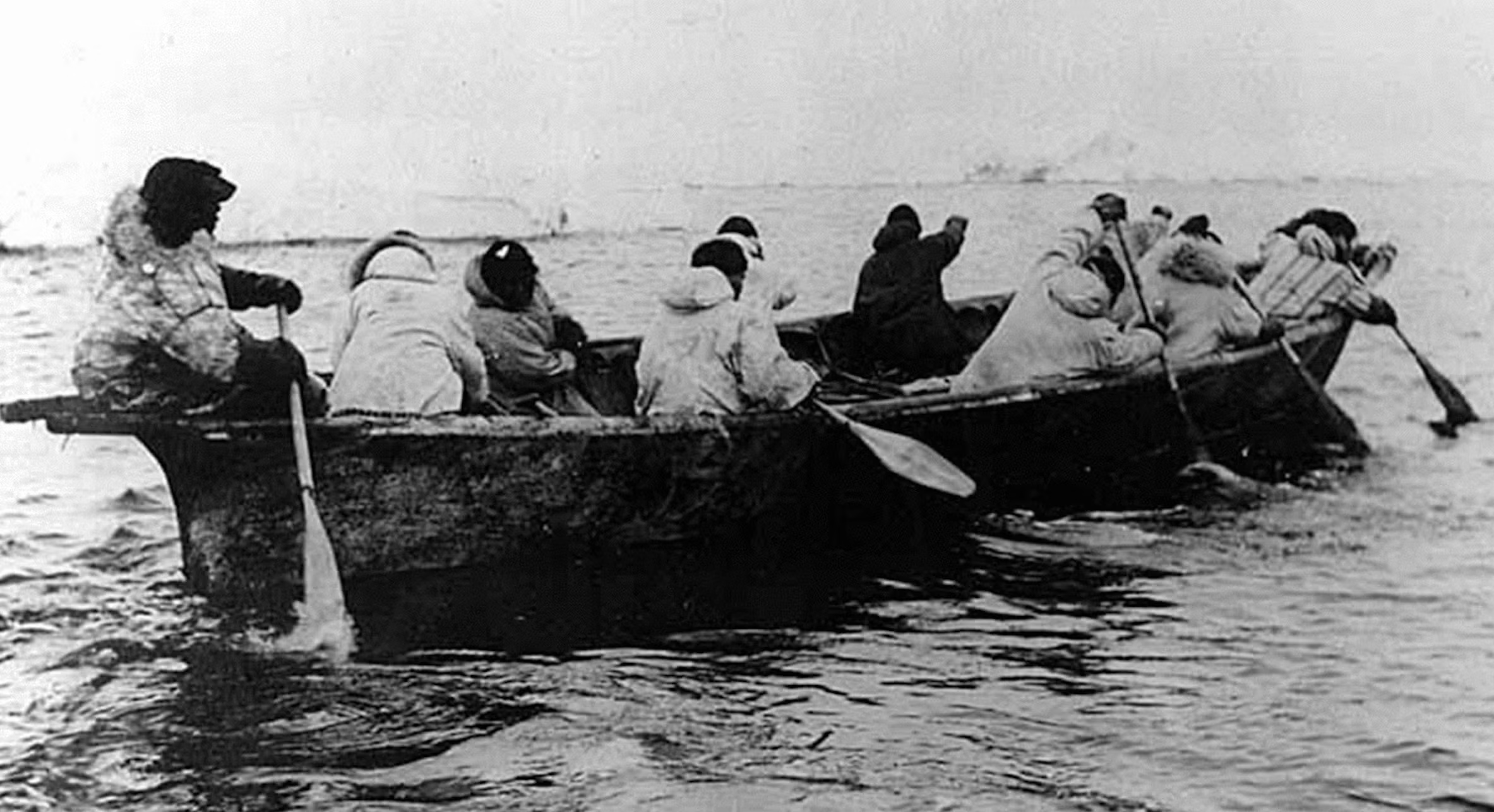
Similar boats made of animal skin are still being used by indigenous cultures like the Innuit due to their greater buoyancy compared to wooden canoes.
However, even if the PWC culture did use skin boats, such vessels tend to decay rapidly and do not preserve well in archaeological records.
Researchers had to rely on indirect evidence such as potential bone frames, rock art, and other tools and animal remains to theorise that such skin boats were used by the culture.
For instance, boat frames made using reindeer antlers recovered from northern Germany, as well as bone frames found in Sweden were likely used for sewing skins into boat structures, they say.
Such artefacts have been recovered in and around Scandinavia from the Stone Age into the Bronze Age, indicating that animal skin boats were likely well-known and in use in the region.
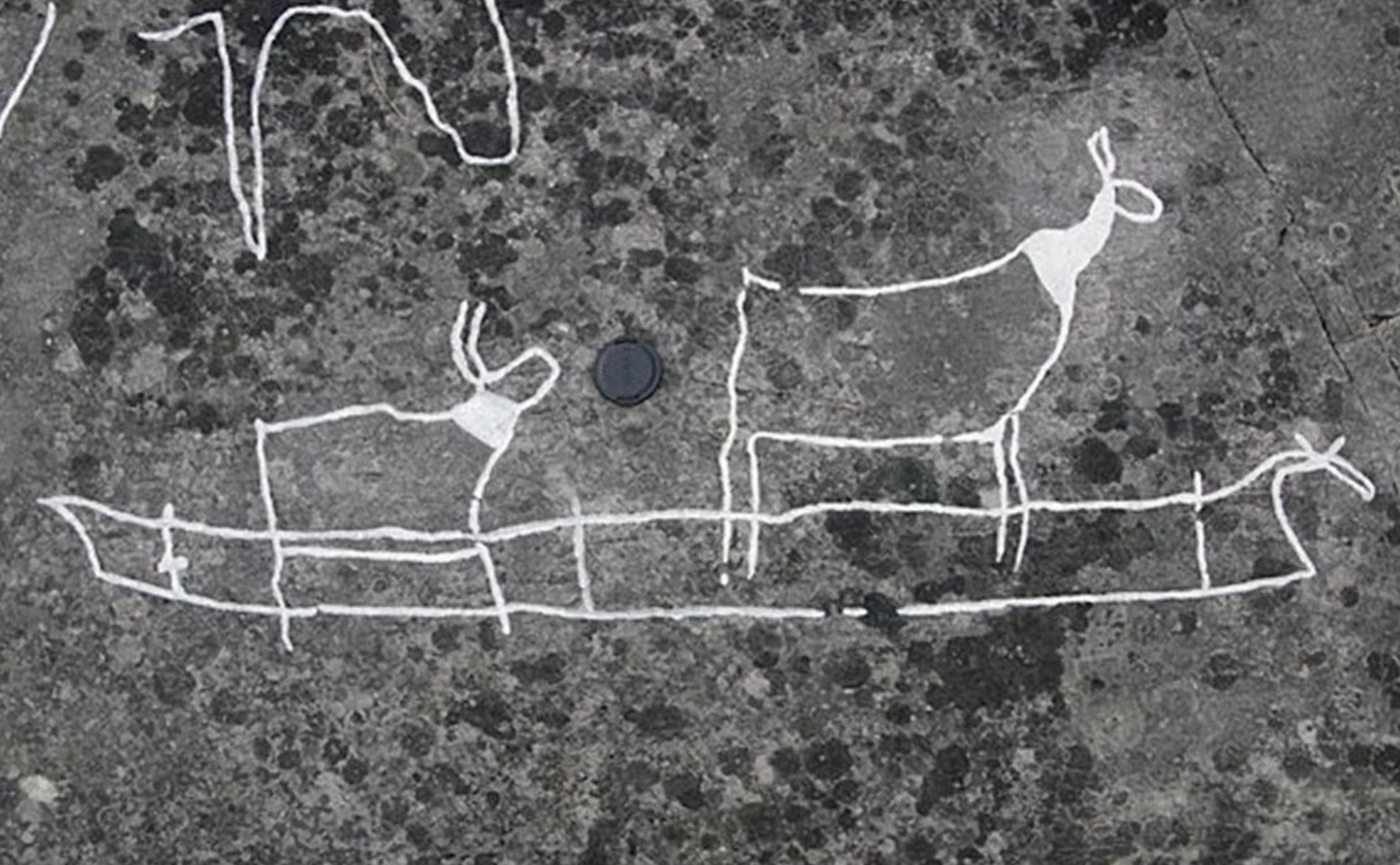
Rock art discovered in northern Scandinavia dating to this period also depicts scenes of seal hunting, fishing, and whaling, which are key activities of the PWC.
The vessels depicted in these rock art seem to resemble Umiak skin boats used by the Inuit in the Arctic, researchers say.
The ancient Stone Age culture’s archaeological sites are also dominated by bones of seals, which were not only used as food, but also as raw materials for making clothes, tents, and possibly even boats, scientists suspect.
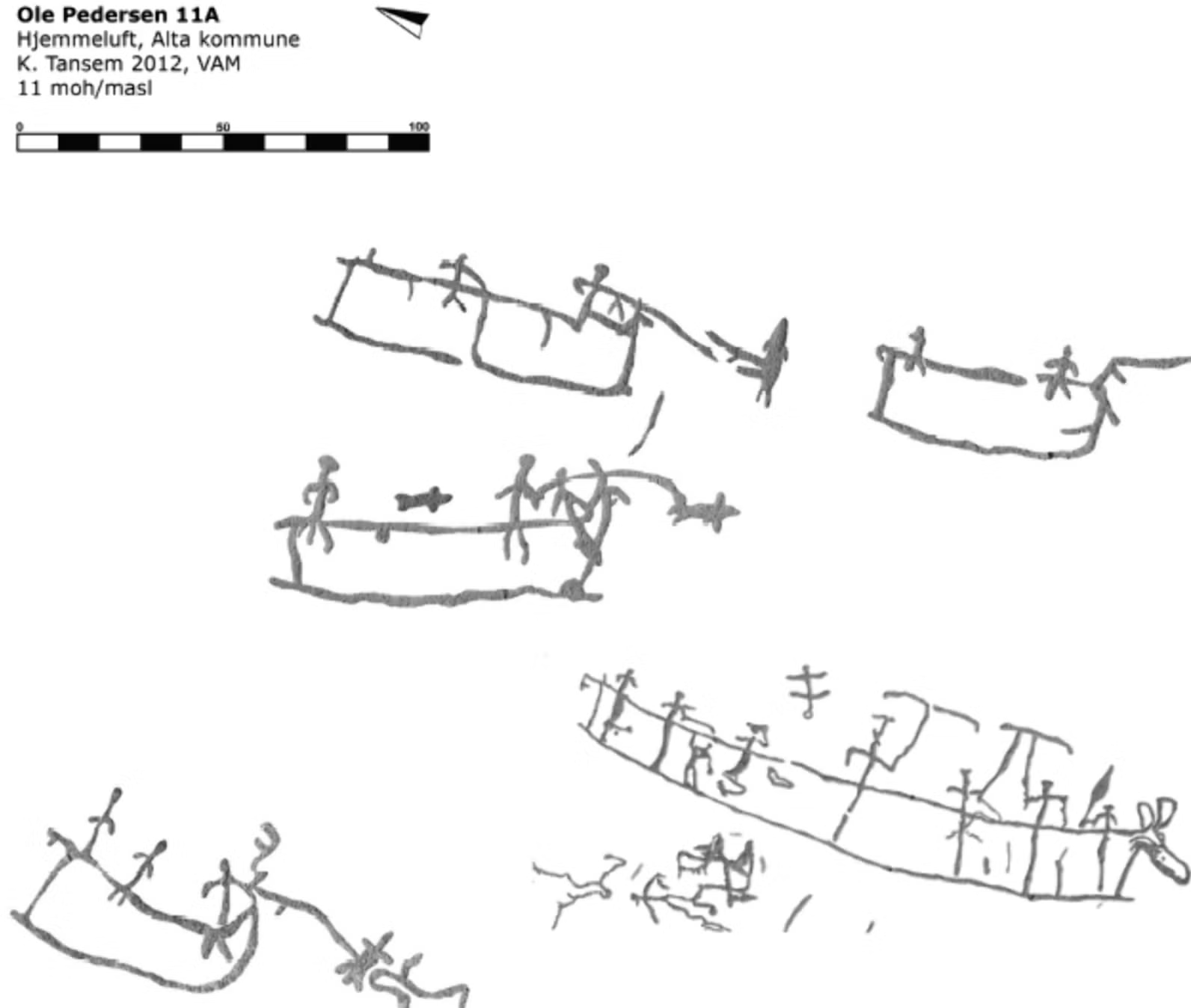
Researchers suspect the seal hides and oil were likely used as key resources for waterproofing skin boats.
Scrappers and seal oil are two of the most abundant materials unearthed at PWC archaeological sites, which would both have been key for manufacturing skin boats, the study noted.
“We argue that multiple lines of evidence suggest that skin boats were widely used for everyday activities and long-distance voyages by PWC peoples,” scientists concluded.
Disclaimer: The copyright of this article belongs to the original author. Reposting this article is solely for the purpose of information dissemination and does not constitute any investment advice. If there is any infringement, please contact us immediately. We will make corrections or deletions as necessary. Thank you.
